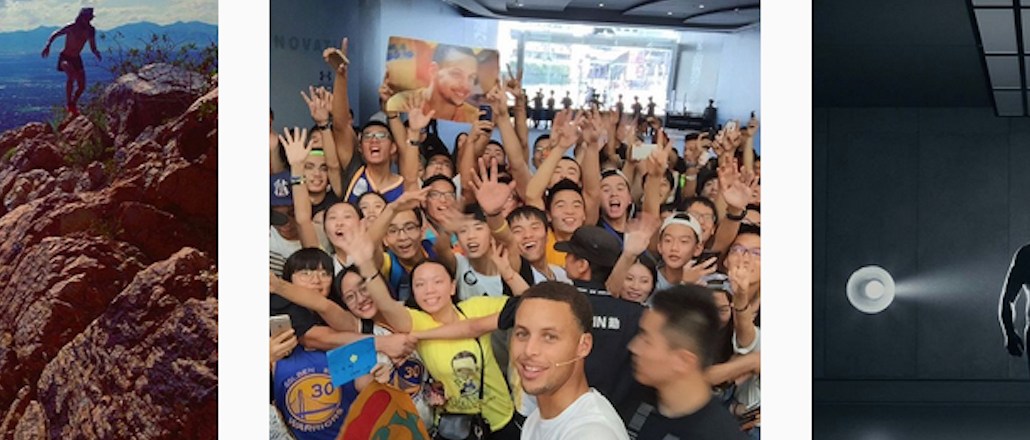Register by Jan 13 to save on passes and connect with marketers from Uber, Bose and more

Retailers, marketers and agencies have the same goal when it comes to connecting with consumers: To build a passionate community of customers that engage regularly with a brand.
The word “community” came up often during Advertising Week as industry executives spoke about how to target consumers today. A brand’s community comes out of two trends that have dominated retailer marketing in recent years: authentic storytelling and cross-channel capabilities.
Marketers have to rethink their idea of the customer’s needs, Havas Worldwide president Jason Jercinovic said on a panel. A marketing strategy shouldn’t mean applying creative to a platform, but knowing what makes the customer happy and figuring out how to deliver on that. A mobile and digital strategy isn’t the focal point, it’s the tool that marketers can use to learn about their customer, he said. The better the brand knows its customer, the stronger the community it can build.
“It’s not about having a digital or mobile strategy, but having a notion about your customer who lives in that [digital and mobile] universe,” he said.
Mobile is a good way to personalize the customer’s experience, said fellow panelist Greg Girard, IDC Retail Insight’s program director for omnichannel. Girard urged marketers to target customers that use messaging platforms like WhatsApp and WeChat because marketing in apps that customers are already using can lead them to download your app.
Take Under Armour. It acquired exercise tracker app MapMyFitness and as part of that, its users. The tool offers a utility beyond facilitating mobile transactions — something that brands have, mistakenly, believed was enough to call for app downloads and use.
“That’s where the future is going to be — the brand as a service, not just for selling. It can be enhancing to your life,” said Girard.
It sounds like a more romanticized ideal of the brand-as-friend marketing play, but the point is to be useful when engaging with consumers. As David Sandler, brand activation lead at Google, said during a panel, brands should never “strive to be authentic,” because “striving” comes off as forced.
Knowing who’s seeing your ads and engaging with a retailer regularly will help marketers bridge digital into the in-store experience — which is important, considering 92 percent of transactions are still happening in stores.
“That number isn’t going to change,” Patti Morehouse, managing partner at Match Marketing Group, said during a panel. “Retailers need to bring digital intelligence to the store. It’s the location where we’re engaging and interacting with consumers, and learning about them. That’s the community we need to work with.”
Image via Under Armour
More in Marketing

What does media spend look like for 2026? It could be worse — and it might be
Forecasts for 2026 media spend range from 6.6% on the lower end to over 10% but the primary beneficiaries will be commerce, social and search.

Pitch deck: How Amazon is emerging as the proof layer for TV spend
Amazon is positioning itself to advertisers as the “first-stop shop” for planning, buying, optimizing and measuring TV.

Here are the 2025 brand winners and losers of tariffs
Tariffs completely upended the retail industry in 2025 — and no company was left unscathed.






